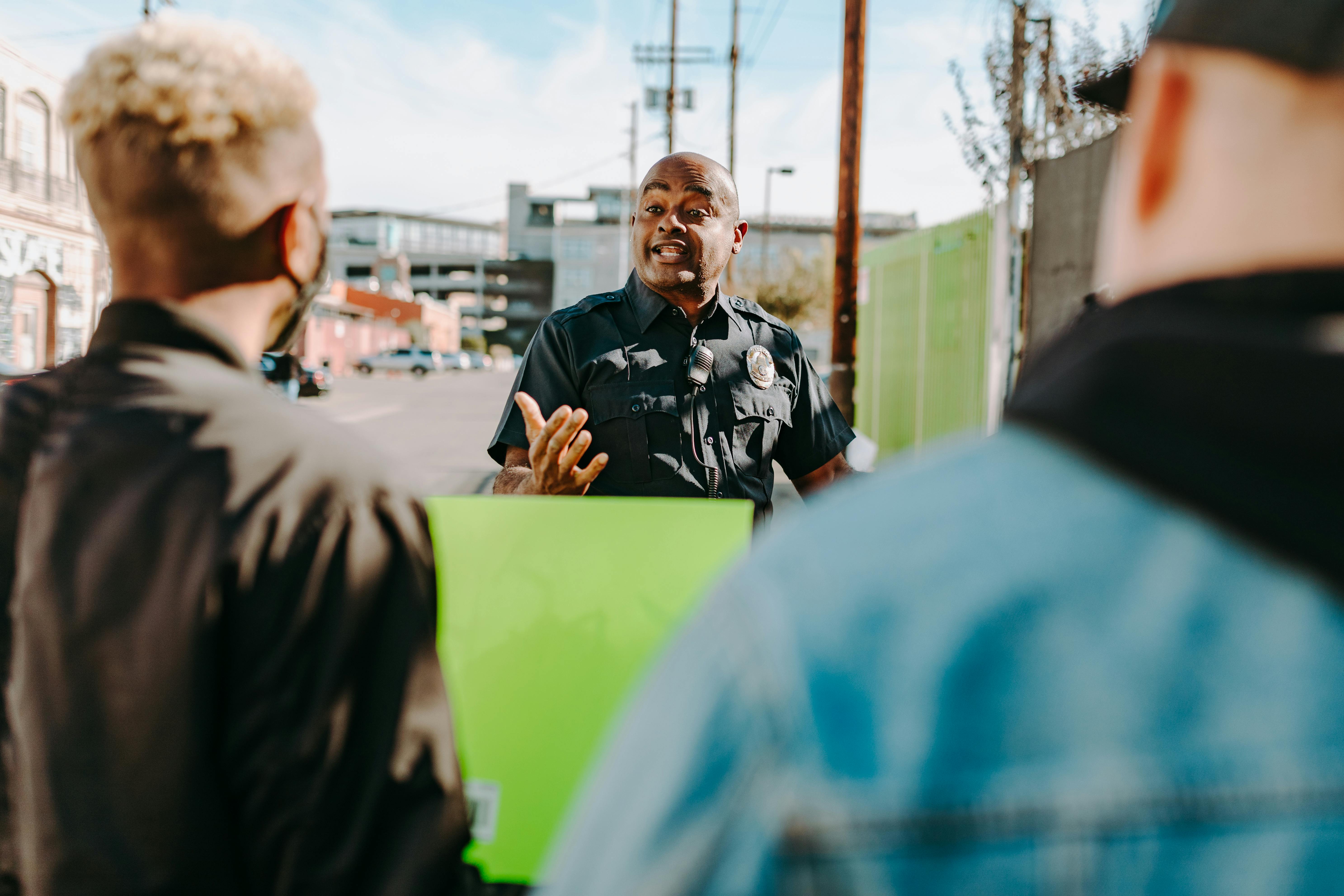How do I know when is the right time to change jobs?
That is not an easy question to answer. After all, a new job might bring you higher pay, more authority, more responsibility, a better opportunity for advancement, even a better work environment. On the other hand, making a move for the wrong reason can send you down a treacherous path and away from your ultimate goal.
Consider the stories of two former clients. Their names are changed, but their stories are true. Jim Peters dreamed of becoming a Sales Manager for a national construction company. After spending five years as a salesman for a Georgia-based construction company, he thinks it’s time to move on. He feels underpaid and sees no room to move forward. After talking quietly with a few local companies (who are hiring salespeople with his level of experience), he takes a better-paying job at an architecture firm.
Four years later, Jim is ready to move again. While he enjoys his boss, the job is more difficult than his previous job and the chances of advancement are non-existent. What’s worse, the 10% raise Jim engineered by switching jobs was also paid to his successor at his old construction sales job.
Given his disenchantment with architectural sales, Jim opts to return to construction sales. Learning that Washington, DC is one of the hottest construction markets, Jim starts looking there. But no firm is willing to raise his salary because his architectural sales experience is worthless. A company offers a job without a salary increase. Jim agrees, rationalizing that there will be an opportunity to advance further. Jim moves to Washington. But the disappointment arises a few years later when his expected promotion does not materialize. Jim eventually buys a fast food franchise with his brother-in-law.
Bill Doyle, a civil engineering student with highest academic honors, dreams of leading a design team for one of the nation’s leading engineering firms designing luxury hotels. But no civil engineering company hires at his university. His resumes do not generate interviews from his target employers. Instead, upon graduation, he settles for an offer from a local utility company.
Three years later, Bill learns of the exceptional wages civil engineers earn in the Texas oil fields. This time, submitting a resume leads to an offer and a 25% pay raise with a major oil company. Bill dicks. Five years later, the oil depression hits and Bill is fired. After six months of searching, he finds a job designing pulp and paper plants for a 20% pay cut. Bill eventually finds his way back into hotel design, as an individual designer, not a manager, for a national chain of rather boring hotels.
Unfortunately, both Jim and Bill made fundamental and common mistakes. They were willing to change jobs for better offers, but their moves never moved them toward their ultimate career goals. The end result was a lot of movement that did not lead to the desired destination.
Don’t let the same thing happen with your professional goals. With some basic career planning, you can find the right jobs and know when to accept the right offers.
The following career planning method uses straightforward common sense. Don’t be fooled by the simplicity. The difficulty comes in the execution. You will need discipline, self-assessment, and commitment.
A safe two-step plan
My advice boils down to two points: Adopt a career goal, and then develop plans to execute it. These two steps allow you, not fate, to control your progress.
Your career goal should be a specific position within a specific industry (ie, you may want to be an executive editor for a technical publishing company or a chief engineer for a major auto parts manufacturer).
Your work plan will have two elements. Your long-term plan will be a list of all the jobs you need to have to reach your career goal. This plan should include not only job titles, but also all the skills and experience needed for each position. Your short-term work plan will list the skills and experience needed to move up to the next rung of the ladder.
For most of us, there are no shortcuts. Only with a goal in mind can you know when you have arrived. Only with a plan can you be sure that you will arrive on time, or not at all.
To choose an appropriate goal, honestly assess your experience, skills, interests, strengths, weaknesses, enthusiasm, and dislikes. If you find self-assessment difficult, ask a close friend for help or see a career counselor. Once you have a clear picture of how you work best, you can select a career goal that fits your character.
ask, ask
Try to get an idea of the day-to-day reality of the position you are applying for. Research is paramount here. Spend time in the library. Read relevant books and magazines. Talk to executive recruiters. They know what it takes to thrive in a given role. As you begin to clarify your goal, interview people who have achieved it. Find out if he really wants his responsibilities and hard work. (Either way, it’s best to know ahead of time.)
To start setting up your work plan, ask your role models how they got promoted to their current positions. Record your professional histories and consider the composite result as a very rough road map. You cannot follow their advice to the letter, because the professional landscape always changes slightly. For example, foreign languages may become important as your business or industry becomes more international. You may need experience in a process or technology that didn’t exist when your mentors were at your stage.
So be sure to ask your role models two additional questions: What qualifications was your successor expected to have, and what skills were you lacking, but wish you had, when you started this job? As you begin to see the path to your goal, interview the people who stand in your way. The better you understand what awaits you, the better you can rise to the challenge.
When you’re ready to move forward with your plan, time becomes of the essence. You should look for each new job as soon as you are ready to be successful in it. Moving before you have the skills and confidence can be disastrous for your career and your company. Also, there is no need to move too early or too high just because a great opportunity arrives prematurely. There are always opportunities for outstanding talent.
Similarly, there is no career benefit to staying at your current job once you’ve prepared for another one. Loyalty and stagnation are two different things. As soon as you’re ready for more responsibility, seek it out. As you move forward, stay on top of changes in your industry. Changes in regulations, technology, and business conditions have the potential to alter both your route and your destination. Stay flexible and regularly review your plans and goals.
keep a high profile
Your reputation within an industry is highly influential in getting you interviews and securing new positions. Never assume that doing a good job is enough. It’s just a good start. The best way to build your reputation (and keep up with the job market) is to be active in a trade association. Serve on a committee in your area of interest, write articles for your group journal, and agree to speak when invited. These initiatives announce your commitment to your field.
Cultivate a network of successful people within your industry. Make it clear that you respect their achievements and want to emulate them. Most people will be flattered and happy to help. This network will provide early warning of the best vacancies, which are rarely advertised.
If you have a choice, it’s better to stay employed and learn about openings through your network than to quit your job and work as a full-time detective. Your appeal as a successful employee is worth much more than the extra hours spent shopping.
To review, effective career management requires a goal, a plan, and good timing. Choose a goal that is worthwhile but achievable. Develop a plan based on in-depth, up-to-date industry knowledge. Look for your next job as soon as you have the skills and confidence to move forward. Do these things consistently and well. You will realize your true professional potential.









